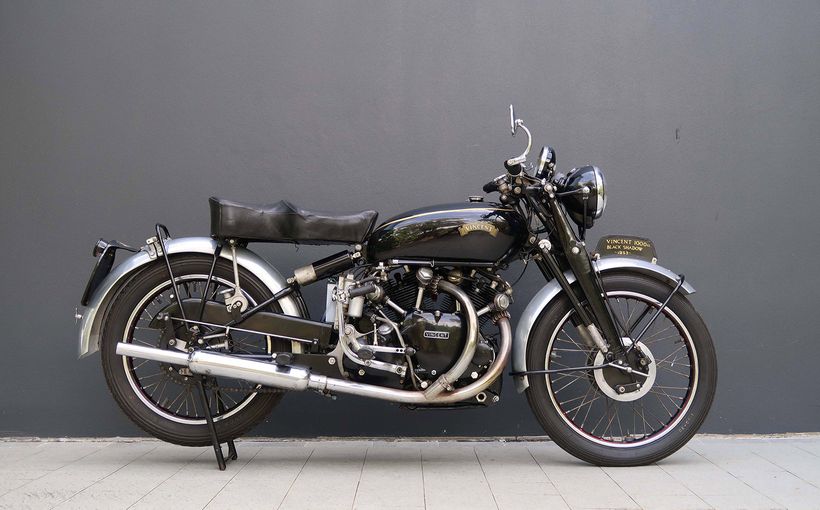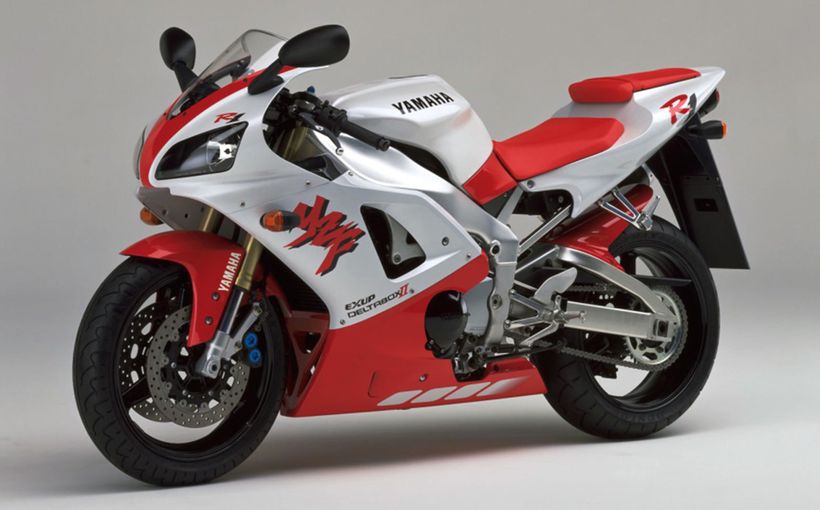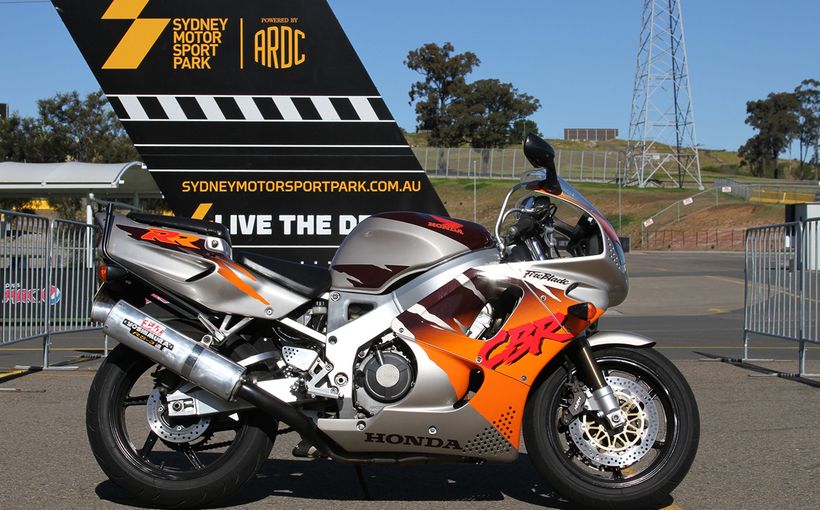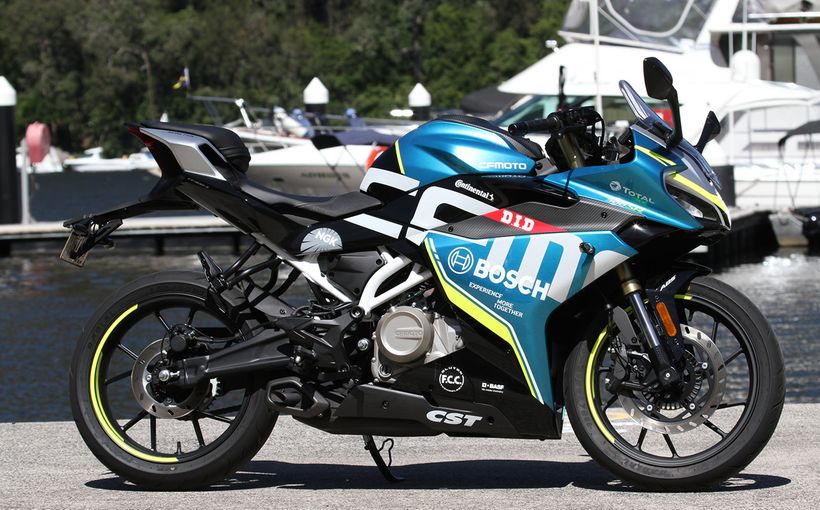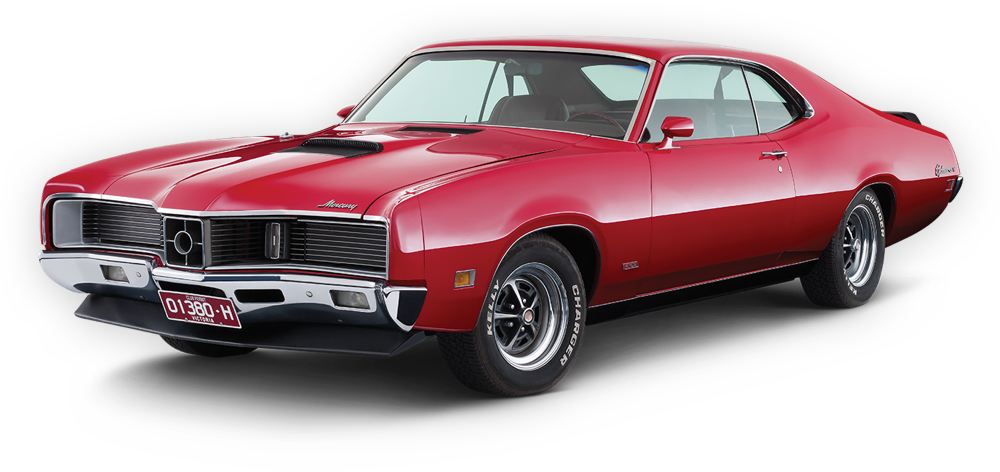Old Bikes Australasia: Jack Young and the Mitchell JAP - A championship combination.

Words: Ross Garrigan and Neil Burston
Photos: Ross Garrigan, Alestair Gibson, Greg Fidge
Twice World Speedway Champion Jack Ellis Young rose from humble beginnings to become the top rider in the most competitive branch of motorcycle sport. When his father’s ill health forced him to give up work, Jack Young left school at age 14 to help support his family. With the idea of becoming a jockey, he took a job at the local stables, but mostly of his time was spent cleaning out stables, not riding.

Jack’s first brush with speedway was as a 14 year old when his elder brother Wally began racing on the Camden track in Adelaide in 1939. When war intervened, Wally gave up the sport and gave his machine, a road bike, to young Jack, who began riding at the Kilburn track in the road bike class in 1947, along with his brother Frank, who had a stripped-down Norton. As the season was drawing to a close, Jack was offered a ride on a J.A.P.- engined Rudge owned by Laurie Jamieson. The deal was that prize money would be split 50/50 and Laurie would maintain the machine. Although his new machinery was strange to him after the road bike, he won his first race and went from strength to strength, winning the South Australian title. His performances had not gone unnoticed by Adelaide J.A.P. agent Fred Jolly, who offered to supply him with, and maintain his racing machinery, while Jack got to keep all prize money. Results came quickly, and attracted an offer to ride for the the Scottish Edinburgh Monarchs team in 1949, riding in the British Second Division, on the recommendation of South Australian Clem Mitchell, who had ridden for several clubs and represented Australia in UK in the pre-war years. He was also a skilled tuner and prepared the JAPs that took American Jack Milne and Australian Bluey Wilkinson to world titles.
The Edinburgh club offered Jack a one-way fare to England aboard the Orient liner Orcades – it was up to Jack to make enough money for a return ticket. In Young’s first meeting, he won all six races he contested, justifying the club’s faith and investment.
He qualified for the World Final in 1950, finishing eighth. In 1951, he made headlines world wide when he reached the final of the World Championship, held at Wembly on September 20. There were four other Australians in the field – Aub Lawson, Jack Biggs, Ronnie Moore, and Bob Leverenz. Young arrived at the meeting having won the Rider of the Year award and amassing the top score for Australian test appearances in the season. In front of 93,000 wildly cheering spectators, it was Jack Biggs who looked to have the title in his pocket after defeating Young by a wheel in their heat 5 encounter and remaining undefeated until his final ride. Needing only one point to claim the title, Biggs inexplicably finished last, forcing a three-way run-off with Young and Englishman Split Waterman. Biggs led from the start but on lap two Young flashed by to take the win and the title, becoming the first-ever winner from a Second Division club. He collected 500 Pounds for the win. The following year he joined first division club West Ham and won again – the first rider to win the World Championship twice.
In addition to his eleven South Australian State Championship victories, Jack Young also won the Queensland and Victorian titles and three Scottish Championships. While racing in Great Britain he represented both Australia and Scotland in International matches. Although he is undoubtedly one of the finest speedway riders Australia has produced, he never won an Australian Championship. During the period he competed in Australia, nearly all of the National title meetings were held in either New South Wales or Queensland. He much preferred to be out on the water fishing than travelling around Australia racing speedway.
He left Britain in 1961 and rode for three more seasons back home. Jack's retirement from speedway was announced at Rowley Park on the December 1963 evening when he won his final South Australian Championship. In retirement he lived at Port Victoria but had to return to Adelaide so he could be near a major hospital as his health began to fail. To get around he decided to get a motorcycle, but had never held a road licence so he had to take a Learner’s test –which is perhaps unique for a twice World Champion! He passed away on August 28, 1987 in the Modbury Hospital in Adelaide, from a lung disease.
At Jack’s funeral, former Rowley Park promoter Kym Bonython said, “From a promoter’s point of view, unlike a number of his contemporaries, Jack was a pleasure to deal with. No tantrums, no threats such as one learned to expect from some other Australians or overseas stars whom I had the privilege, if not always the pleasure, to bring to Adelaide during my 21 years at the helm at Rowley Park. He lived life off the track in the same honest, down-to-earth manner that all who knew him recognised to be his true character. He had no airs and graces that his successes on the track surely entitled him to assume. Unlike so many of his contemporaries and successors, he never chose to capitalise on his stature as a sportsman on the global scene of speedway. Indeed, he preferred the more simple pleasures of life. I think that the anecdote that appeared in last Saturday’s Adelaide Advertiser about him using his World Championship trophy to store his fishing sinkers epitomised his attitude to fame and fortune that was so eagerly sought by others. Not for Jack the high life of a World Champion beloved literally by millions. Instead, he preferred a quiet day out in the gulf with his line in the water hoping to tempt the passing fish.”
The very machine on which Jack Young scored his first World Championship in 1951 languished in England for half a century, covered in old castor oil and grime and largely forgotten. Then in 2007 it was discovered by South Australian collector Neil Burston, who knew he just had to have that bike…

In 1950 brothers Clem and Lindsay Mitchell built Jack Young a new machine for the British season. Even from a distance, it was a distinctive machine, with its copper-plated frame that had been painstakingly welded by Lindsay Mitchell – painstaking because it required a special welding technique to prevent the frame tubes cracking. In Young’s hands, the machine performed admirable service, topping the Second Division score chart. At the end of the season, the Mitchell JAP was sold to Young’s team mate Harold Fairhurst, who took it on a tour of Argentina with a group pf other riders including fellow Kiwi Dick Campbell. The bike was returned to Britain just prior to the 1951 season with Harold in the saddle.

However Jack Young’s stellar season which had seen him qualify for this second World Final, was coming apart. In an interview he said, "my hopes of winning it (the World Final) practically evaporated just three days before the great day. It was Monday, September 17, 1951 and (Edinburgh) Monarchs were at home to Coventry. Clem (Mitchell) and I had spent many long hours working on my bike for the (World) Final and I was all eagerness and anticipation for my first ride on it. I went out there on a good track, in perfect conditions, and came back after winning the first heat almost exhausted and thoroughly disgusted with my machine. I had been out there in one long ‘slide’ from start to finish. It had been a terrible job keeping her in hand, and I knew that I just wouldn’t be able to do the trick on it at Wembley. In fact I despaired of winning any more races that night. What’s more I wasn’t going to ride the machine again.”
“Harold Fairhurst was watching, listening, and thinking. ‘Here, Jack,’ said he, ‘take my machine. Give it a good try!’
“I did. I felt like a world champion slipping round on it – my old feeling of well-being returned and I had a long chat with Harold. The bike the big fellow had was originally built for me by Clem in our workshops. Readily Harold gave me permission to use it in the (World) Final and I was all set after spending half the night and most of Tuesday fixing in my own motor. Yes, that’s the story of the bike which helped me win the title, and it’s a story, too, which underlines the completely unselfish camaraderie which is always a feature of Edinburgh’s speedway workshops and pits. While I owe Clem Mitchell so much for his technical brilliance, I cannot forget Harold, either!”

Speedway machines are tools of a tough trade. And even winning that World Championship did not earn the Mitchell JAP a place in the sun, nor in a glass case. It was back to work as usual, for many hard seasons. Over the years the old warrior rushed around in circles until it was finally banished to a shed it rather decrepit condition.
Enter Neil Burston, who heard of the machine’s existence and was immediately committed to bringing it to Adelaide, where Lindsay Mitchell still lives. The machine arrived as a box of bits along with another Mitchell frame, and Neil’s first task was to clean “40-odd years of rust and crud off to get a presentable bike. I must have used a gallon of WD40 and a ton of steel wool to get it presentable so I could take it to Lindsay Mitchell. The only thing I was not able to return to original (at the time) was the 22-inch rear wheel that had been replaced with a 19 some time ago, but this has now been done. I spent the best part of a day with Lindsay and his family – wonderful people and Lindsay was so excited to see the bike he and his brother Clem built that won the World Final. He gave me a letter of authentication after closely inspecting the bike.”

Neil has since restored the JAP to its as-raced condition with an emphasis on retaining as many original parts as possible. The engine was rebuilt by Dave Dyson but apart from a new crankpin and main bearings, piston and rings it is all original. Neil is justifiably proud of having “ a part of Australia’s history, built by Aussies and raced by an Aussie to success.”
Protect your Classic Bike. Call Shannons Insurance on 13 46 46 to get a quote today.





